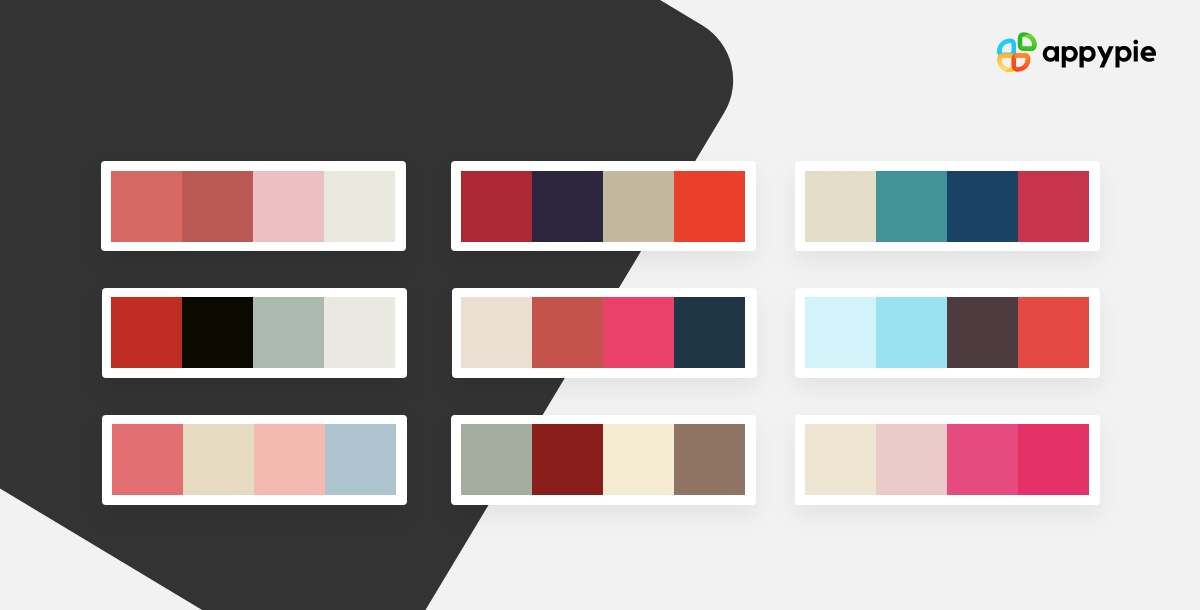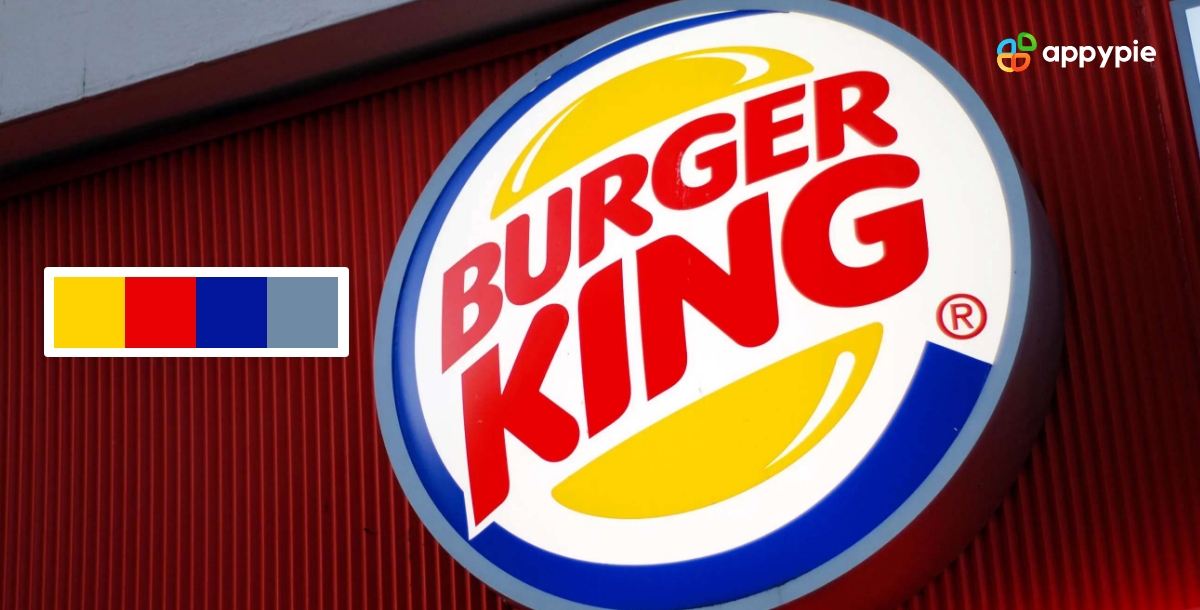The success of any brand depends on its branding in the ever-growing competitive marketing, i.e., how much and what an impression it makes on your potential customers. And that's where brand colors and your color palette ideas come into action. It's a must to know how to choose the right brand colors for your business so your potential customers can clearly perceive what you're offering. In this blog, let's dive into the importance of choosing the right brand colors and how you can actually do it. So, let's get started!
Think about the most successful brands across the globe. Have you ever noticed that the visual identities of such brands, such as business cards, brochures, logos, websites, etc., always have the same color themes? When your target audience sees the same color theme on your business's visuals, it builds trust in them. Also, it helps create an accurate perception of your business in the minds of your prospects. That means brand colors actually play a crucial role when it comes to branding your business.
What Do Brand Colors Mean?
Brand colors are actually the unique colors that represent your business. Usually, a specific brand uses a couple of colors that get used in all its visual identity. These unique colors are responsible for intensifying brand recognition and brand awareness.
Brand colors are used in posters, flyers, social media platforms, websites, and all digital ads, print ads, and display ads. Your visual identities include signboards, product packaging, staff uniforms, etc.
The Importance of Brand Colors
Your brand's unique colors are one of the ways to make the right impression on your potential customers. But, as we all know, the first impression is the last, which matters greatly when standing out your brand. Therefore, you should finalize your brand colors very carefully. In order to stand out in the competitive market, using some eye-catching image color palette ideas is a must.
Since your brand color palette is the first thing your potential customers see, it also helps build your business's brand identity. This will help them to identify your brand whenever they witness those unique colors in your brand visual identities, such as advertisements and other marketing methods.
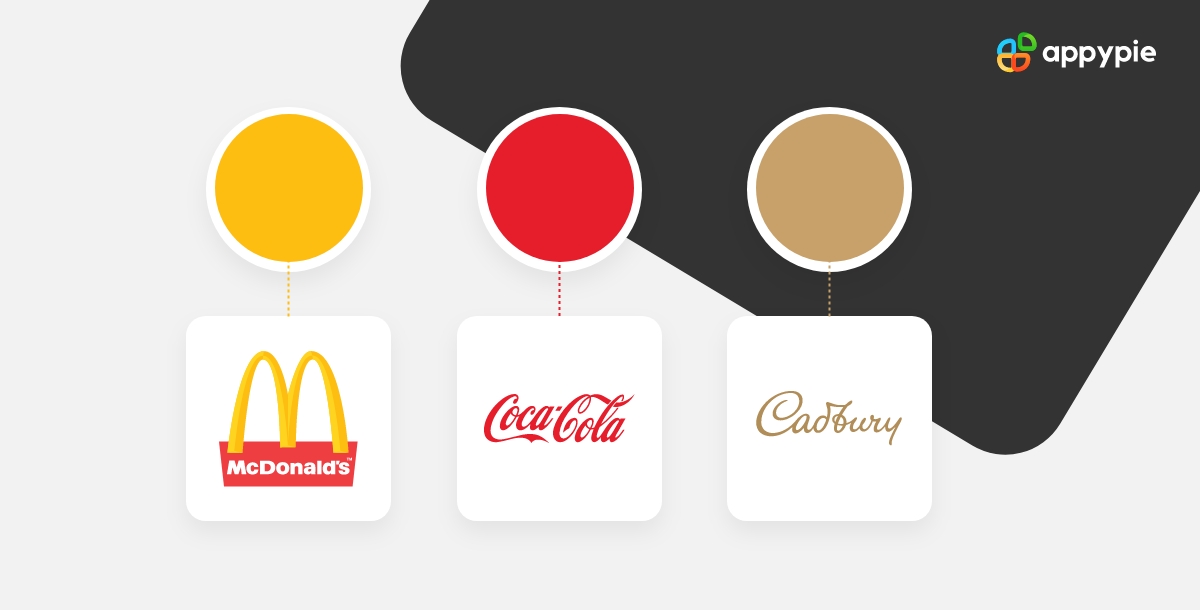
Do you know that colors also bring out emotions? That means your brand colors also convey a message to your audiences. Your color themes can also be used to share the good news with your target audience. With the proper use of brand colors, you can help your customers get engaged with your business by doing the correct color mixing for your Brand colors.
Always keep in mind that customers always respond to those colors that are universal. However, everyone gets their meaning from a particular color, called color psychology. That means people make their perceptions based on your brand's colors.
So, if we go through some most popular colors of global brands, such as Coca-Cola, we see red as its primary color, whereas Cadbury uses purple. Google has many colors, mainly green, blue, and red, as its brand. McDonald's has yellow, whereas Apple uses white. The global players selected their brand colors after analyzing target customers, markets, and other factors.
How to Choose Your Brand Colors Effectively?
You are already aware of the importance of brand colors in successful marketing and branding. However, you may not be aware of how to use them effectively. When you want to create a good impression with your customers, you must choose the right colors for your brand image.
If you are about to create a brand logo for your company, then the selection of your brand colors is the first thing that you should do. Besides, if you have already created a logo, then you can still improve it by picking the right brand colors for it. We have put together some tips that will help you find the perfect brand colors for your company.
- Understanding of Colors
One of the critical roles of choosing the right brand colors is to elicit emotions. Even each color generates a particular set of emotions and feelings. Therefore, knowing which color evokes feelings and emotions is essential before picking up the right colors.
You can find research-based theories of different colors that are available to marketers and brand builders. They help identify which colors would be best suited to win your customers' faith and attention.
- Understand Your Brand Personality
Before understanding which hues and colors evoke what set of emotions, understanding and knowing your brand personality first is a must. This helps in choosing suitable color themes. So, better you should know whether your business deals in playful, informal, or formal products. You'll have to choose your colors accordingly. Next, you have to be aware of all the personality traits that your business possesses. For example, is it inspirational, profound, or fun?
Make sure that you must be aware of your brand goals. What your business aims to achieve, and why is your company in this competitive market? Then, pinpoint how your potential buyers of yours should perceive your business.
For instance, if your business deals with manufacturing organic products but your brand is about celebrating goodness. What would you do? Well, if you go for brown, it would suit your product. However, in order to reflect the essence and goodness of your brand, opting for yellow would be a good choice. Thus, knowing your brand essence and personality is a must. Also, you can go with creating some amazing business cards that that will represent your company and help you to make new contacts and build relationships with other companies.
- Understand About Competitors' Brand Colors
It's essential to make your brand stand out from your existing competitors. And in order to do that, you need to understand them first. So while choosing your brand colors, remember that your color palette is unique because it will represent your brand identity.
Your competitors are ruling in the market; that's why you're familiar with their products and services. Thus, you'll have different strategies, which should appear differently so that your customers will have different perceptions of your brand than others. In order to appear differently, we would suggest that you can create a Mood Board of all your competitors. This results in creating a distinctive mood board for your brand that will help pick up unique colors as your brand colors.
How to Create Your Color Palette with Appy Pie Design Color Wheel?
Let's look at how you can use Appy Pie's Color Wheel to create the right palette for your website, office, banner, or brand marketing material.
- Choose a color:
On the color picker, choose the color you want to build your palette by either entering the HTML color code in the first field or simply clicking on the desired color on the wheel. Then, you can click and drag the dot till you are happy with the color.
- Choose the type of color combination:
There are six different types (harmonies) that you can choose from – complementary, monochromatic, analogous, triadic, tetradic, or pentadic. However, for the creative souls, there is also an option to select a custom combination.
- Check out the results:
Once you have chosen the color combination you like, you will have the entire palette at the bottom to observe how they interact. In addition, you can get the exact HTML color codes for all the colors in the color palette so you can use the precise combination on your piece of design.
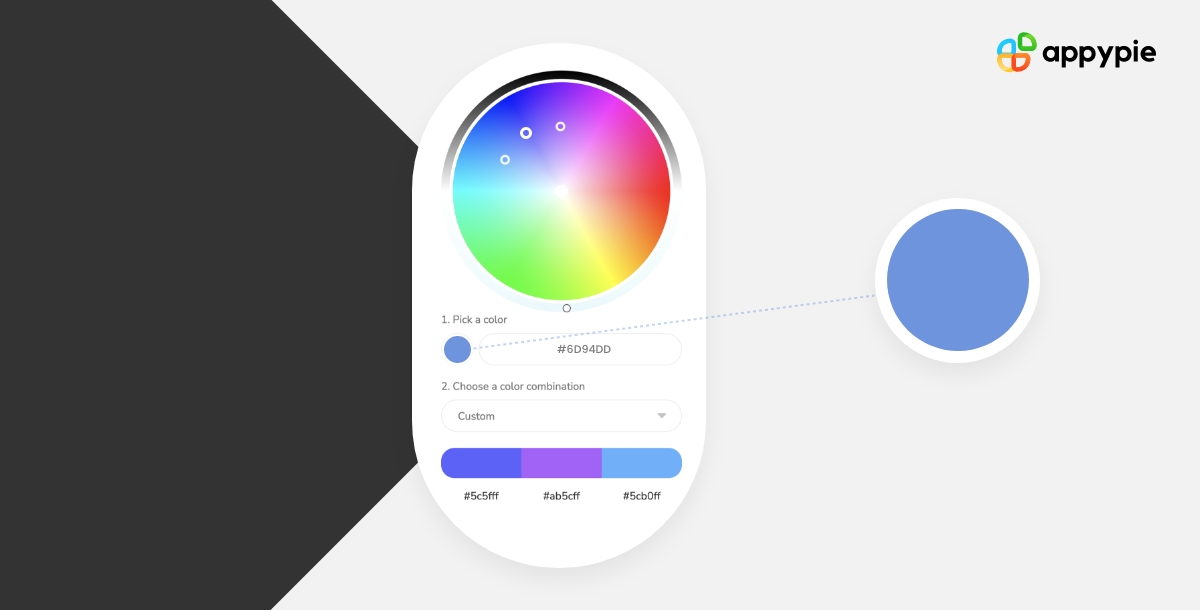
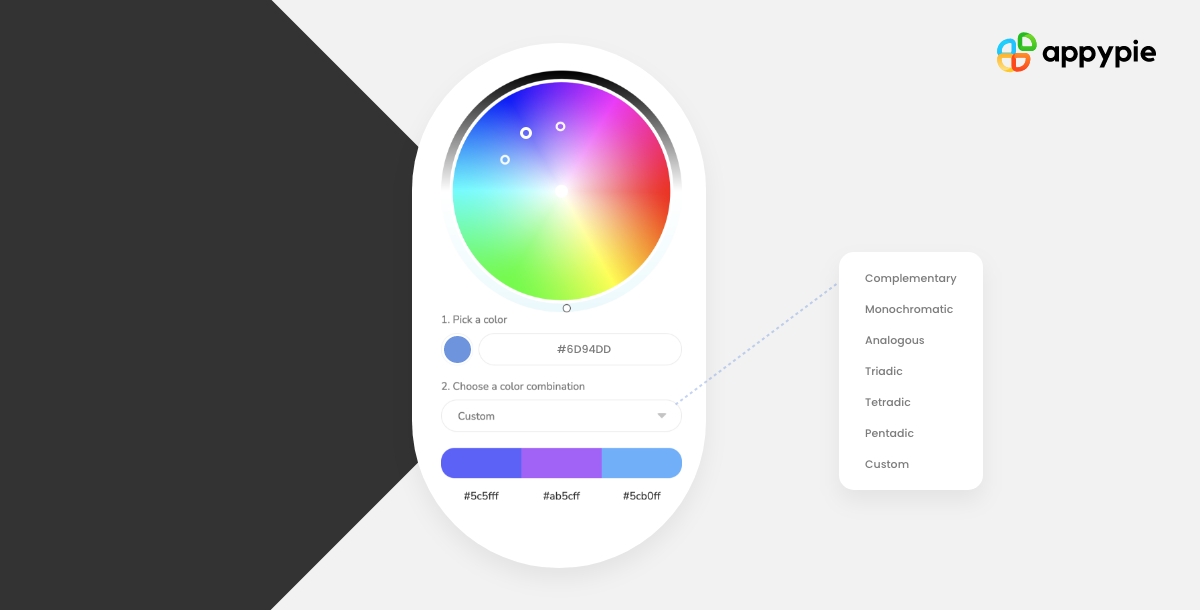
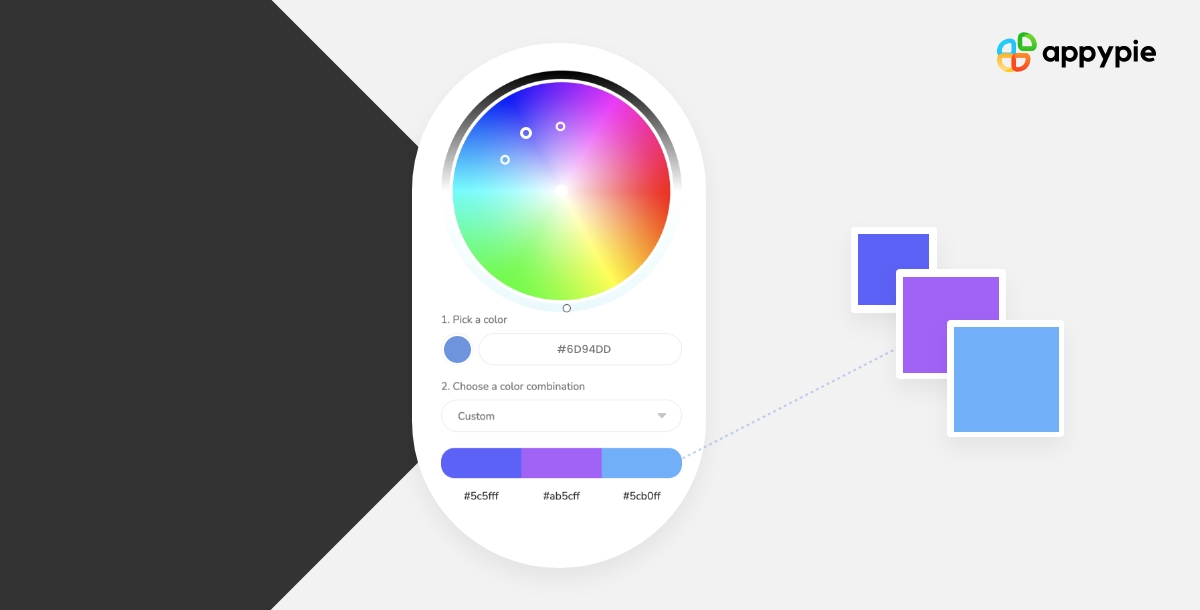
Wrapping Up
While choosing the right colors for your brand, it's essential to take notice of all the aspects. You'll have to select your primary colors and secondary colors accordingly. However, one thing you need to be sure of is that whatever color you choose should evoke your target audience's emotions. Your brand colors should always convey your message and brand personality effectively.
Related Articles
- A Comprehensive Guide To App Clips
- How to Get Your Dream Job (15 Essential Steps to Follow)
- 11 Most Common Graphic Design Myths – Debunked!
- How Exceptional Customer Care Can Transform Your Business
- Top 7 Tools for AI-Driven Data Analytics
- Chat with URL and Site
- Appy Pie Recognized As a Leader in App Development by Gartner
- How to start an app development company? [7 Critical Points]
- 7 Essential Business Podcasts for Entrepreneurs & Small Business Owners
- Chatbot Applications: How are Top Industries Using Chatbots?


